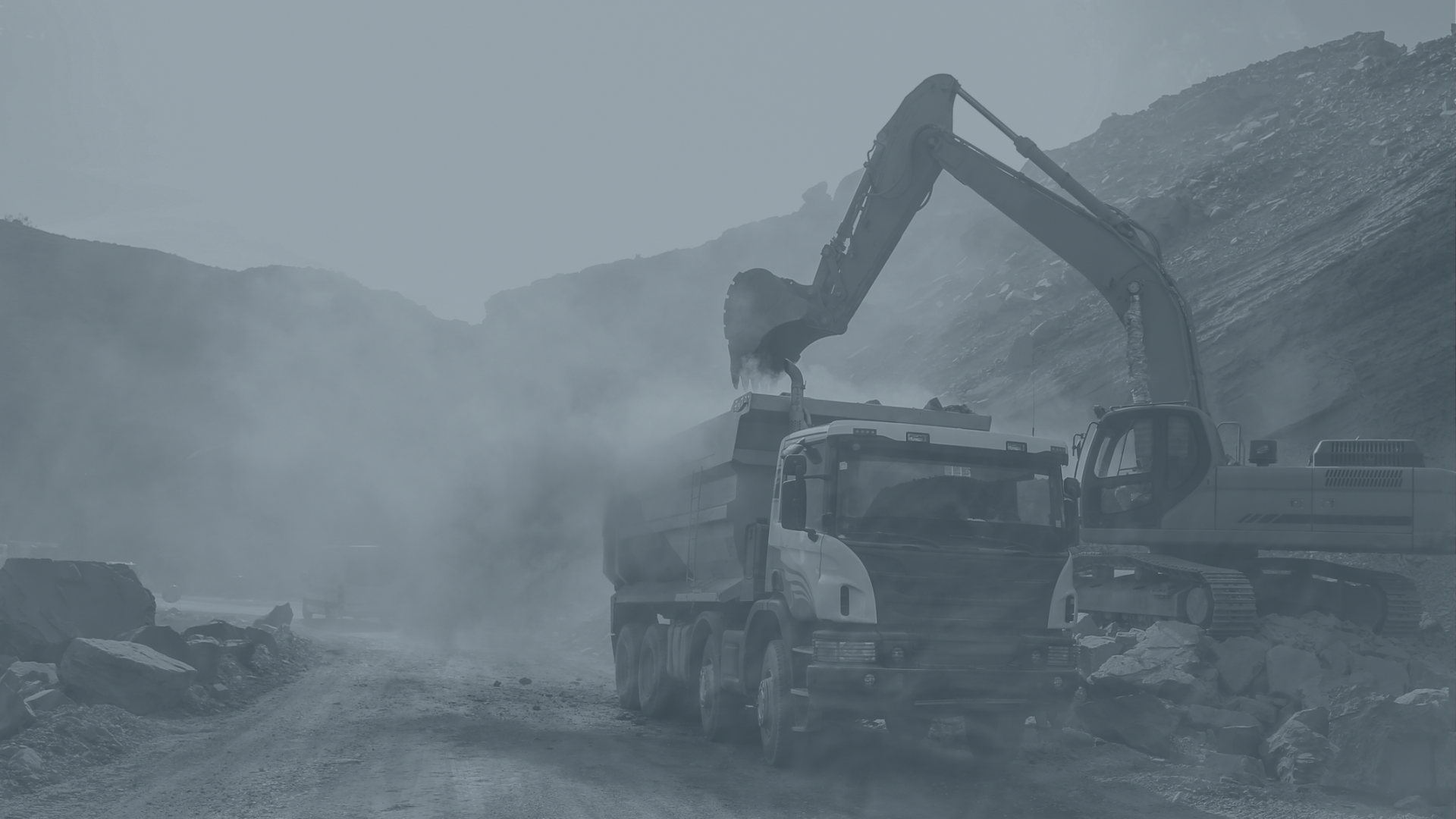Project Controls Management & Reporting
-
Our approach to Project Controls Management and Reporting starts with a thorough assessment of the project/program, resourcing, status and goals to best understand what is needed to support a tailored integrated approach to project controls.
This initial assessment involves performing detailed gap analyses – for example by means of interviews, observations, systems and document reviews - of current project controls resourcing, processes and tools to identify areas that need refinement.
Following this, a plan for support and change is then developed in collaboration with key client team members. This includes confirmation of an appropriate governance model, development of project plans, budgets, risk and quality management processes, as well as development and implementation of tools, systems, and training to maximize the effectiveness of the effort.

-
Our goal in developing any tool or system is to support individuals in managing or administering the processes and responsibilities they handle. All systems are developed with reliability, scalability, and effectiveness in mind. Their methodologies are based on best practices and training and implementation not only involves learning to use the system but also builds internal capacity. This capacity building leads to additional capabilities within project teams as staff become product owners and super users of tools and systems and better understand their underlying processes and methodologies.

-
We aim to integrate project coding structures across all disciplines to ensure a common language across the project. This helps with consistency of reporting and controls across all project functions and enables leveraging of project data for benchmarking and other metrics to assist with planning and budgeting future projects. The project controls tools and systems we create are specific to the needs of the project including their size, complexity, and risk exposure.

-
These team members in turn help support and train other staff and can become involved in the direction and enhancement of tools and systems in the future.
This also helps drive a culture of continuous improvement and resilience, ensuring that the team can maintain high standards in project controls into the future.
